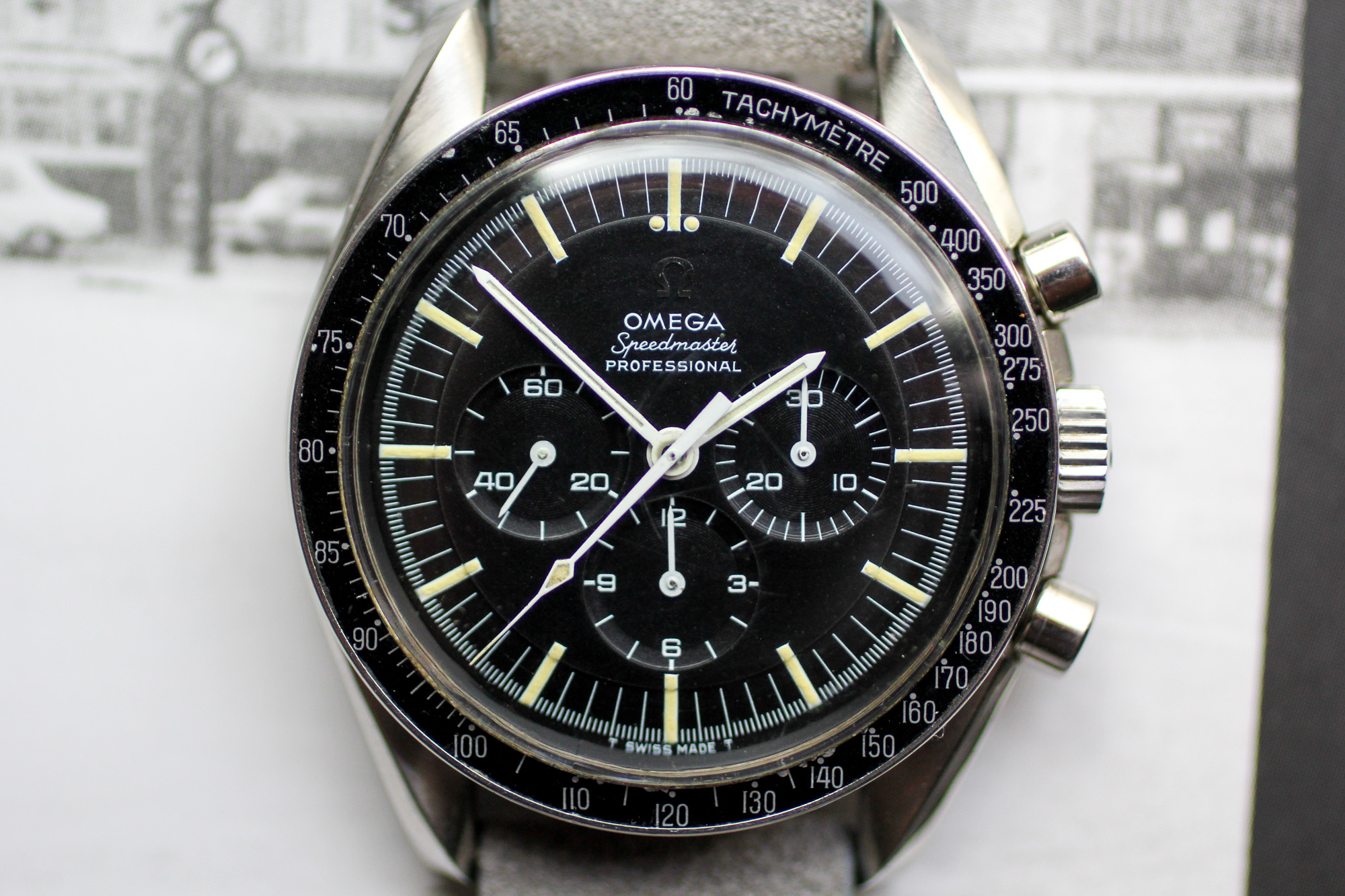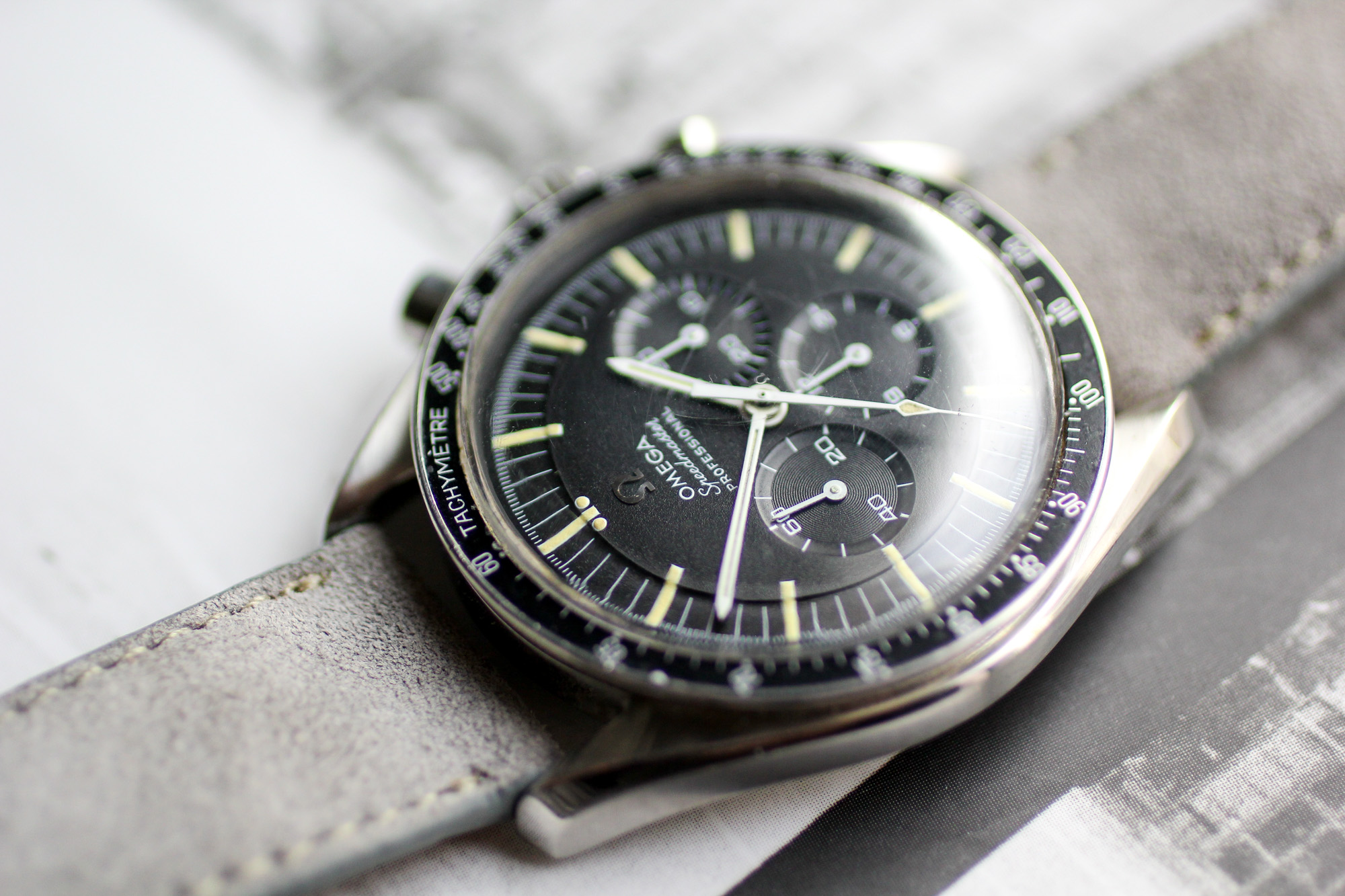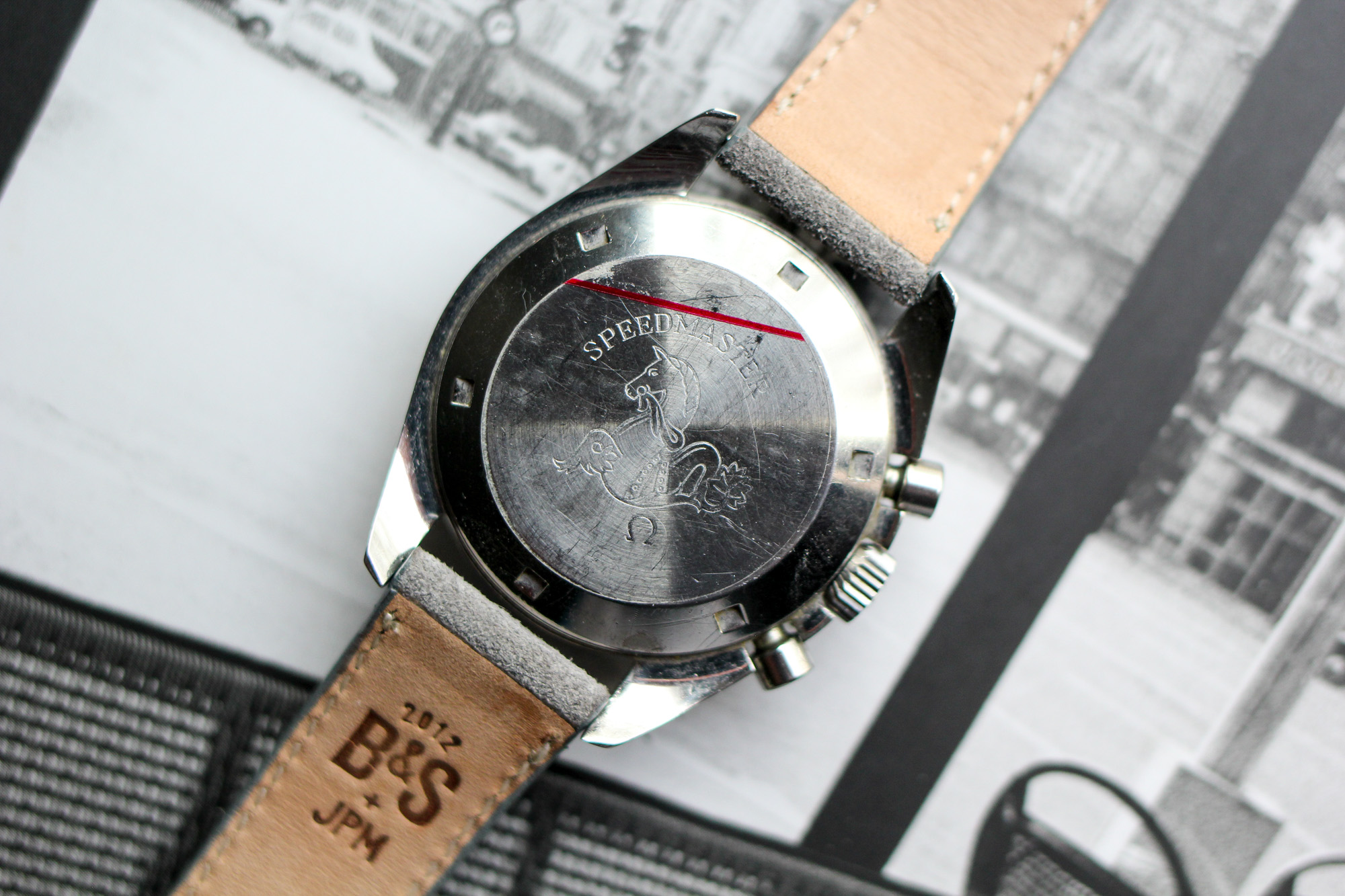My byline on Instagram is “Timing Is Everything,” and this 145.022-68 is the quintessential example of that mantra. It was a random day in early 2015, notably sunny and unseasonably warm. I wasn’t very busy at work, so I decided to take advantage of the weather by strolling down to Jeweler’s Row, which was a 15 minute walk from my office. If you’re not familiar with Jeweler’s Row in Chicago, it’s exactly what it sounds like – a long stretch on Wabash Avenue with old 15-20 story buildings that have been around since the late 1800’s / early 1900’s. The buildings are beautiful from the outside and downright dingy on the inside, typically carved up into 15-20 small jewelry shops (with various specialties) on each poorly-lit floor. If you’re willing to invest the time and deal with some interesting personalities (read: gruff, typically Eastern Europeans), it can occasionally yield a cool find. I had never really spent a day going shop-to-shop and didn’t have time for a thorough bargain hunt on that afternoon since it was the middle of the workday, but there was a shop that I always walked past on the way to see my watchmaker and had never stopped in. “What the hell?” I thought to myself, “let’s see if they have anything.”

I walked in and was greeted by the affable, but slightly gruff shop owner. One wall of the shop displayed watches in a long, glass case, and I began to walk down the case observing each piece, the owner silently sizing me up as I did so. Modern Rolex sports watches were nearest to the entryway, with a random assortment of other modern watches running down much of the case. My hopes began to diminish, and completely evaporated after finding the vintage selection at the very end of the wall. None were particularly notable and all skewed towards dressier models from second-tier brands. Perhaps my shoulders shrugged, or maybe my brow slightly furrowed. Whatever the tell, the shop owner picked up on it immediately.
“What were you looking for?” the owner asked.
“Vintage Omega Speedmasters or Heuers,” I responded.
“Hmm,” he muttered, while scratching absently at his beard. “I might know a guy that has Speedmasters. Do you have 15 minutes to wait right here?” he asked.
I had nowhere to be, and hope springs eternal to a vintage watch geek. “Sure,” I said, plopping onto a chair in the corner and pulling up my Instagram feed.
The owner disappeared through a door in the back of the shop that opened to the interior of the building / the depths of Jeweler’s Row (seriously, I have no idea where he went, but I like to picture it as Willy Wonka’s Chocolate Factory for emeralds and old watches). About ten minutes later, he returned with a big smile on his face. One by one, he slowly took three Speedmasters out of his vest pockets, as if he was building up to the prestige. The first watch was an ordinary Mk II that was unremarkable, and not my style. The next Speedy was a Professional, reference 145.022 from the 1980’s (warrrrrmer), but it was in pretty bad shape and didn’t offer any visual appeal. Then there was the third Speedmaster. As soon as it hit the table, I had to conceal my excitement, like a poker player dealt pocket aces. The third Speedy was a nearly perfect 145.012 or 145.022-68. The owner asked if any of the three appealed to me, and I calmly picked up the third watch to examine more closely. Stepped dial with applied logo? Check. Dot-over-ninety bezel? Check. Seahorse on the caseback? Check. Hell, it even had a “flat foot” crown, which is the most commonly replaced part on vintage Speedmasters and something that I typically just assume is replaced on all old Speedies. It was faultless. The only thing left to determine was the movement under the hood.

He unscrewed the caseback, removed the dust cover, and revealed a caliber 861 movement. “You know the difference between a 321 movement and an 861 movement?” the owner asked. I nodded that I did, and asked about functionality. The caseback had a service marking from a couple years prior and after testing out the chronograph and winding stem, I was satisfied. The final piece of the puzzle was agreeing to a price. I knew what he had for sale. Did he?
With my best poker face, I asked what he wanted for the watch. The owner swiveled in his chair to face his computer, and I was fairly stunned by his pricing methodology. He typed “Speedmaster 145.022” into eBay, thought about it for no more than 15 seconds, and then turned around and said $3,400. My heart skipped a beat, as I realized that the dealer had no idea how special this Speedmaster was relative to other caliber 861 models. Knowledge is power, and in this instance, I had the high ground. I told the owner to place it on hold but walked out of the store without buying it, thinking that I needed to continue my charade all the way until the bitter end. An hour later, I called the shop owner and countered on the price (hey, you never want to seem too eager, right?), and an hour after that, the watch was in my hands. A hell of a lunch break, indeed.

The Nitty Gritty
As I alluded to above, this example checks all of the boxes that are required of a “true” transitional Speedmaster. When placed next to a reference 145.012, it is truly impossible to visually determine which has a 321 caliber from 1967 and which has an 861 caliber from 1968. In my opinion, that creates one of the “ultimate” Speedmaster combinations, as it offers a more robust movement (with a much wider pool of replacement parts) but the exact same visual package as the later 105.012’s and 145.012’s. At the time that I purchased this transitional reference, there was a pricing disconnect (due to the 861 movement) and 145.022-68’s were valued at roughly half of a 145.012-67 in equivalent condition. In the ensuing years, I think people have caught onto the beauty of -68 transitional models, as pricing is nearly in-line with 145.012-67’s in today’s market. True transitional 145.022’s don’t exist in large numbers, with even fewer in excellent condition, which has led to the increases in price. Still, I believe that they offer an extremely appealing package within the sub-$10K vintage Speedmaster market.







